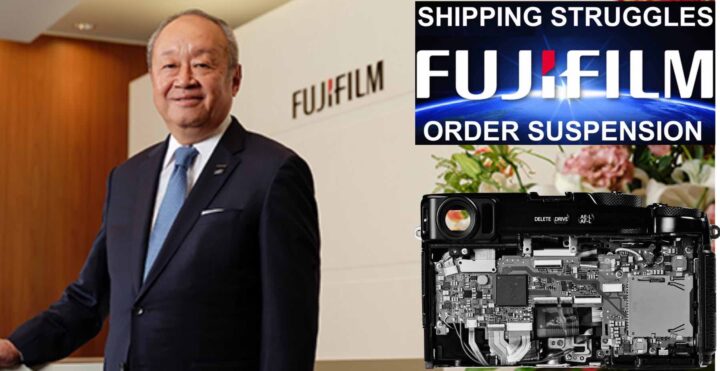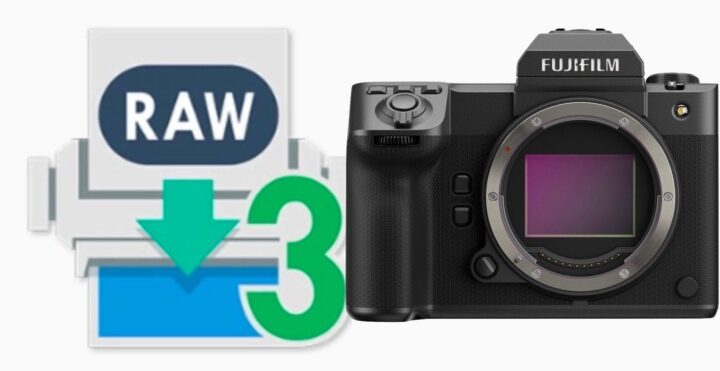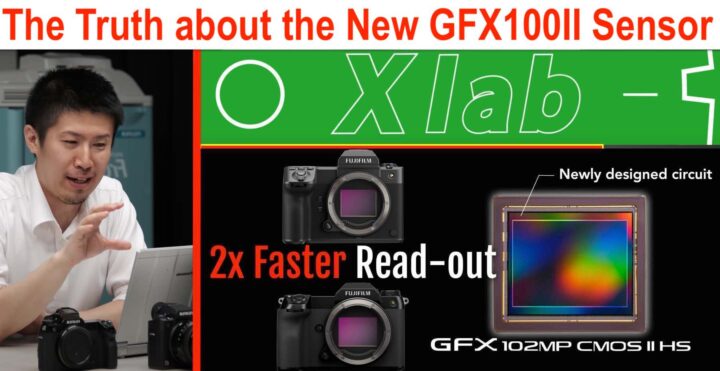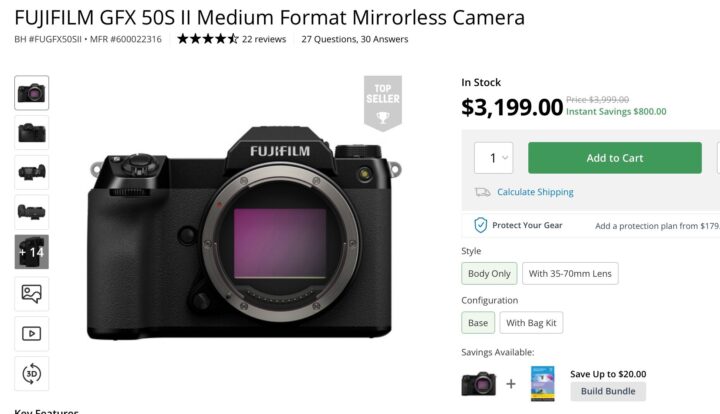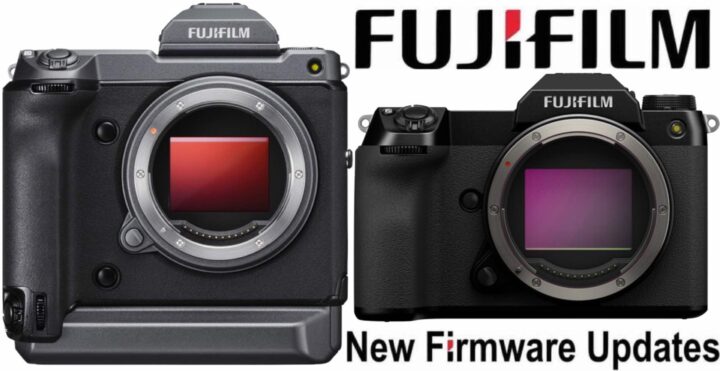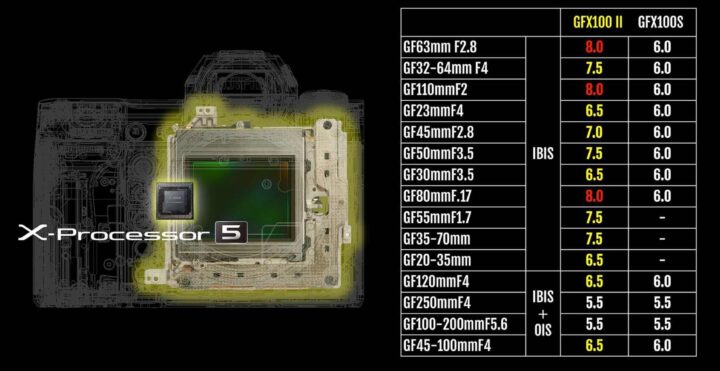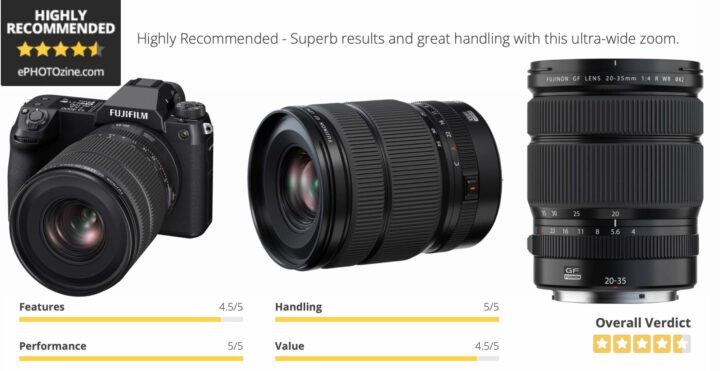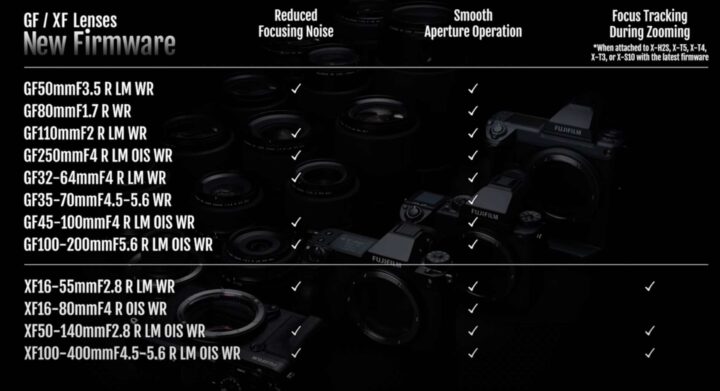Internal Fujifilm GFX100II Slide Claims 97% Eye AF Accuracy with GF55mmF1.7 in Studio Use
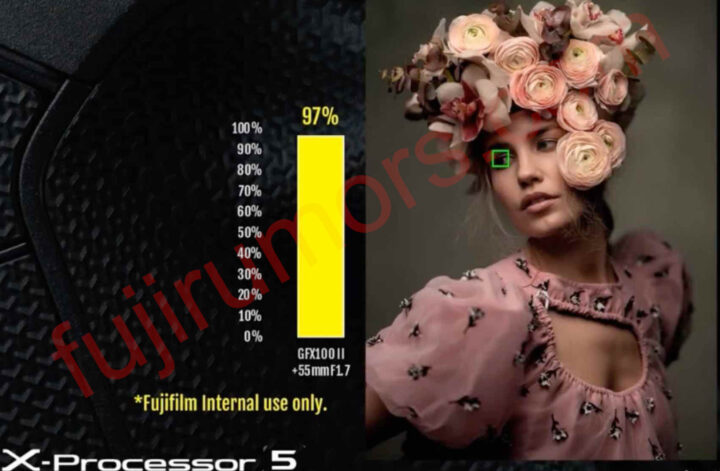
One of the questions is how accurate the Fujifilm GFX100II eye autofocus is.
A kind source decided to answer this question, and passed me an internal Fujifilm slide about the Fujifilm GFX100II, which shows that, for portraits and coupled with the Fujinon GF55mm f/1.7, Fujifilm has calculated a 97% autofocus accuracy.
This is of course for portraits. We are not talking about the accuracy when tracking any athlete running at full speed or something like that.
But I guess the most realistic scenario for the combination GFX100II and GF55mmF1.7 is anyway portraits or not really fast moving subjects (people at a wedding etc).
- Fujifilm GFX100 II – New
BHphoto / Amazon / Adorama - Fujifilm GFX100S – save $1,600 (ends Nov. 27)
BHphoto / AmazonUS / Adorama / Moment / Focuscamera
New GF Lenses
- GF 55mm f/1.7 R WR – New
BHphoto / Amazon / Adorama - GF 30mm f/5.6 Tilt Shift – New
BHphoto / Amazon / Adorama - GF 110mm f/5.6 Tilt Shift – New
BHphoto / Amazon / Adorama
GFX Deals
- Fujifilm GFX100S – save $1,600 (ends Nov. 27)
BHphoto / AmazonUS / Adorama / Moment / Focuscamera - GFX 50S II body or w/GF35-70 – save $800
BHphoto / AmazonUS / Adorama / Moment - GF 32-64mmF4 – save $450
BHphoto / Adorama / AmazonUS - GF 45-100mmF4 – save $450
BHphoto, AmazonUS, Adorama - GF 100-200mmF5.6 – save $400
BHphoto / AmazonUS / Adorama - GF 80mmF1.7 – save $450
BHphoto / AmazonUS / Adorama / Moment - GF 110mm F2 – save $550
BHphoto / AmazonUS / Adorama

